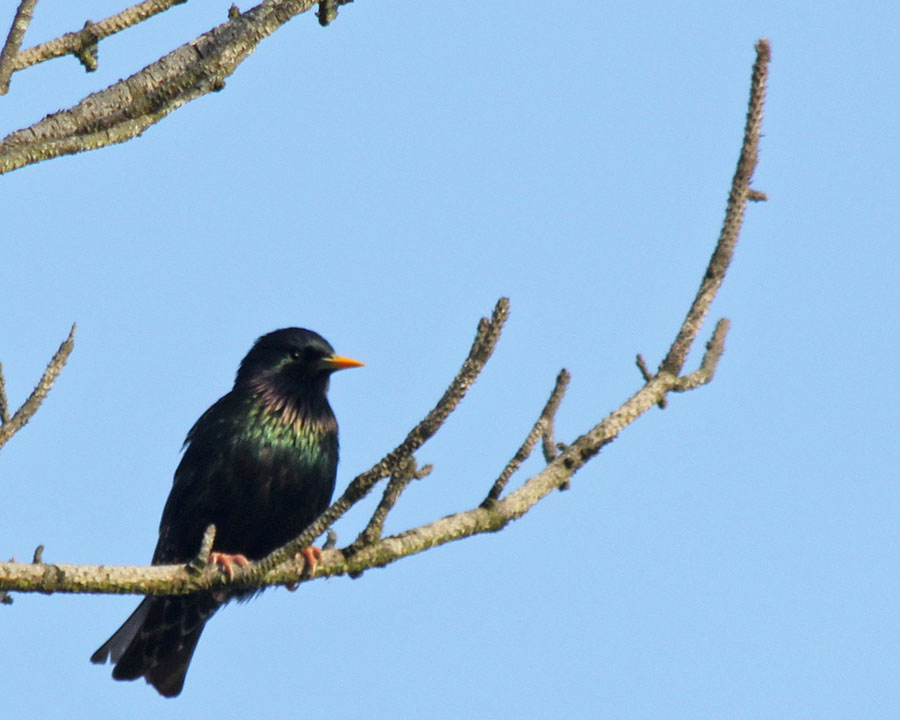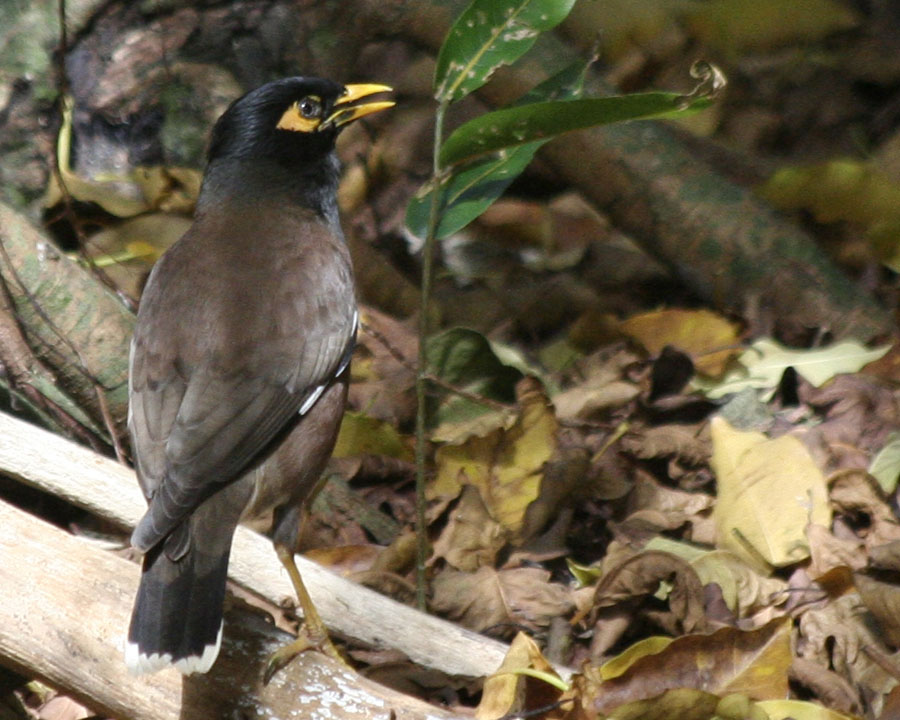
Rhabdornis grandis
TAXONOMY
Rhabdornis grandis Salomonsen, 1953.
OTHER COMMON NAMES
English: Long-billed rhabdornis; French: Rhabdornis б long
bec; German: Langschnabel-Rhabdornis; Spanish: Trepador
Filipino Grande.
PHYSICAL CHARACTERISTICS
This species has an average length of 6.7 in (17 cm) and
weighs about 3.3 oz (93 g). The male is larger than the female,
but the sexes are similar in coloring, with black or dark brown
bills and brown eyes, and olive-gray legs. Upperparts are patterned
with gray, brown, black, and white, in characteristic
streak patterns. The face has a black mask with white lines
above and below. The lower breast and belly are white.
DISTRIBUTION
The Cordillera and Sierra Madre on Luzon Island.
HABITAT
Middle-elevation (330–3,300 ft; 100–1,000 m), tropical forest.
BEHAVIOR
The greater rhabdornis forages in groups or mixed-species
flocks in the upper levels of forests. Greater rhabdornises will
often flock with stripe-headed rhabdornises in flowering or
fruiting trees.
FEEDING ECOLOGY AND DIET
Forages like other rhabdornis species, hopping and jumping
along branches, searching for and eating insects among leaves,
bark, and flowers. It will vary its diet with nectar, seeds, and
fruit.
REPRODUCTIVE BIOLOGY
Nests in tree holes. Enlarged gonads in May.
CONSERVATION STATUS
Uncommon, but not threatened.
SIGNIFICANCE TO HUMANS
None known.
Other popular Animals
Photo Gallery of - Greater rhabdornis




 Animalia Life
Animalia Life